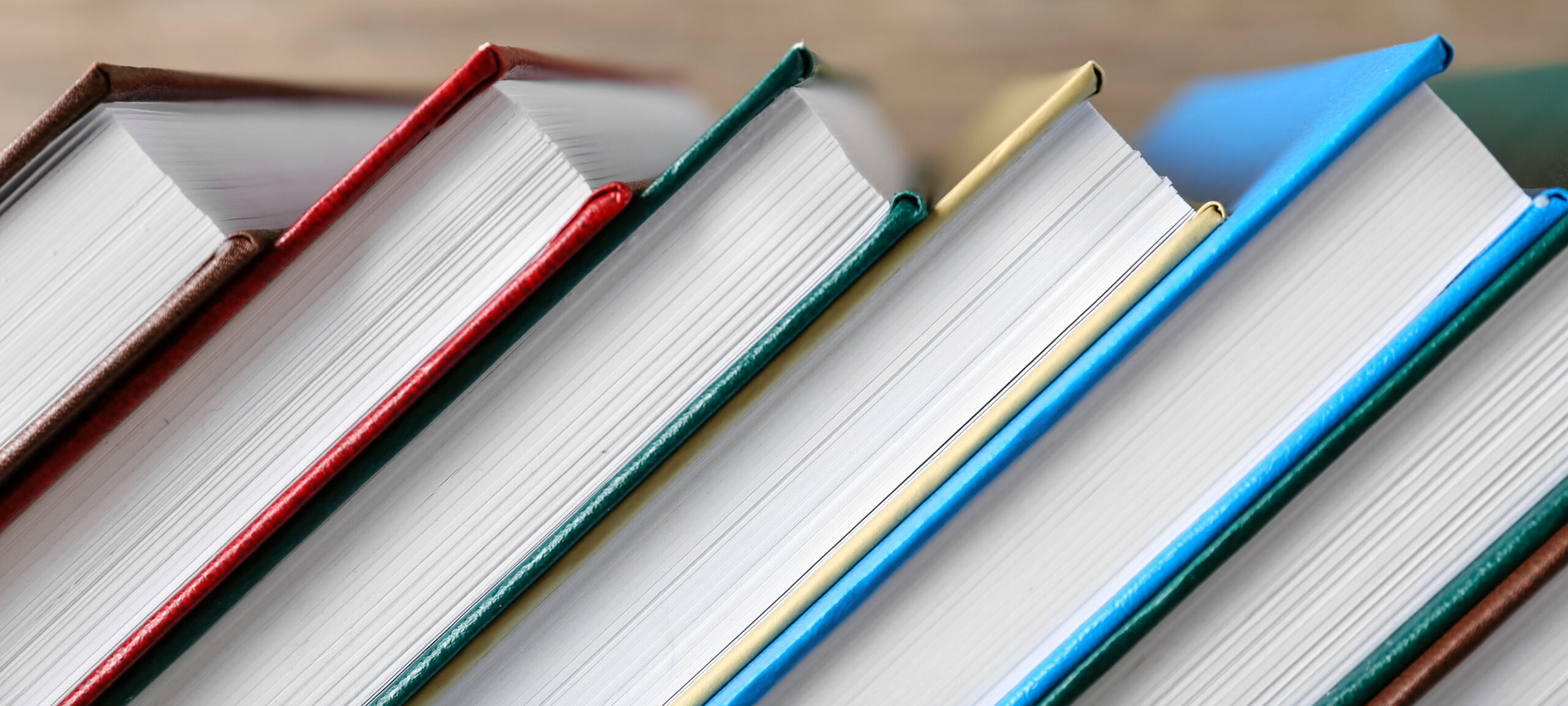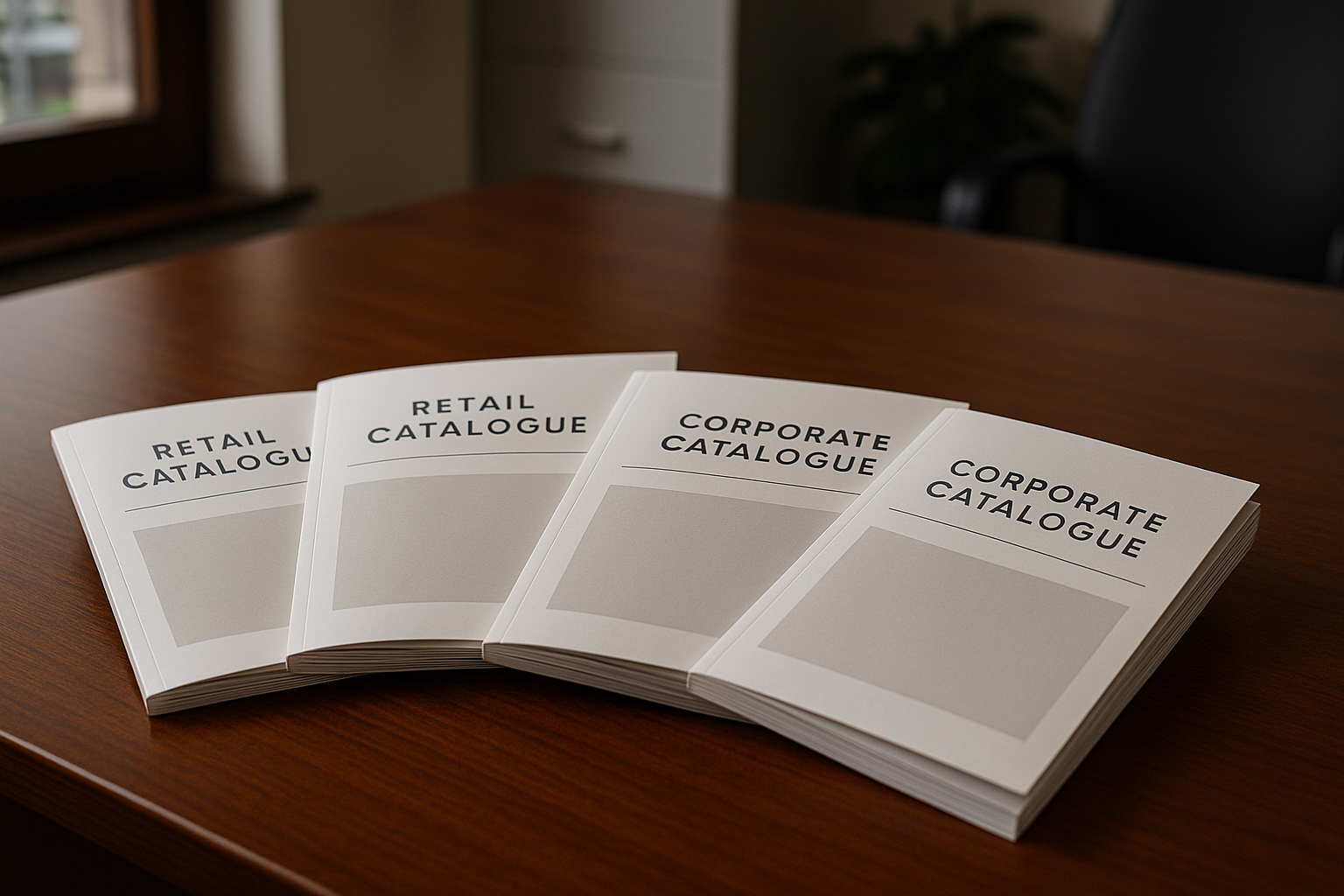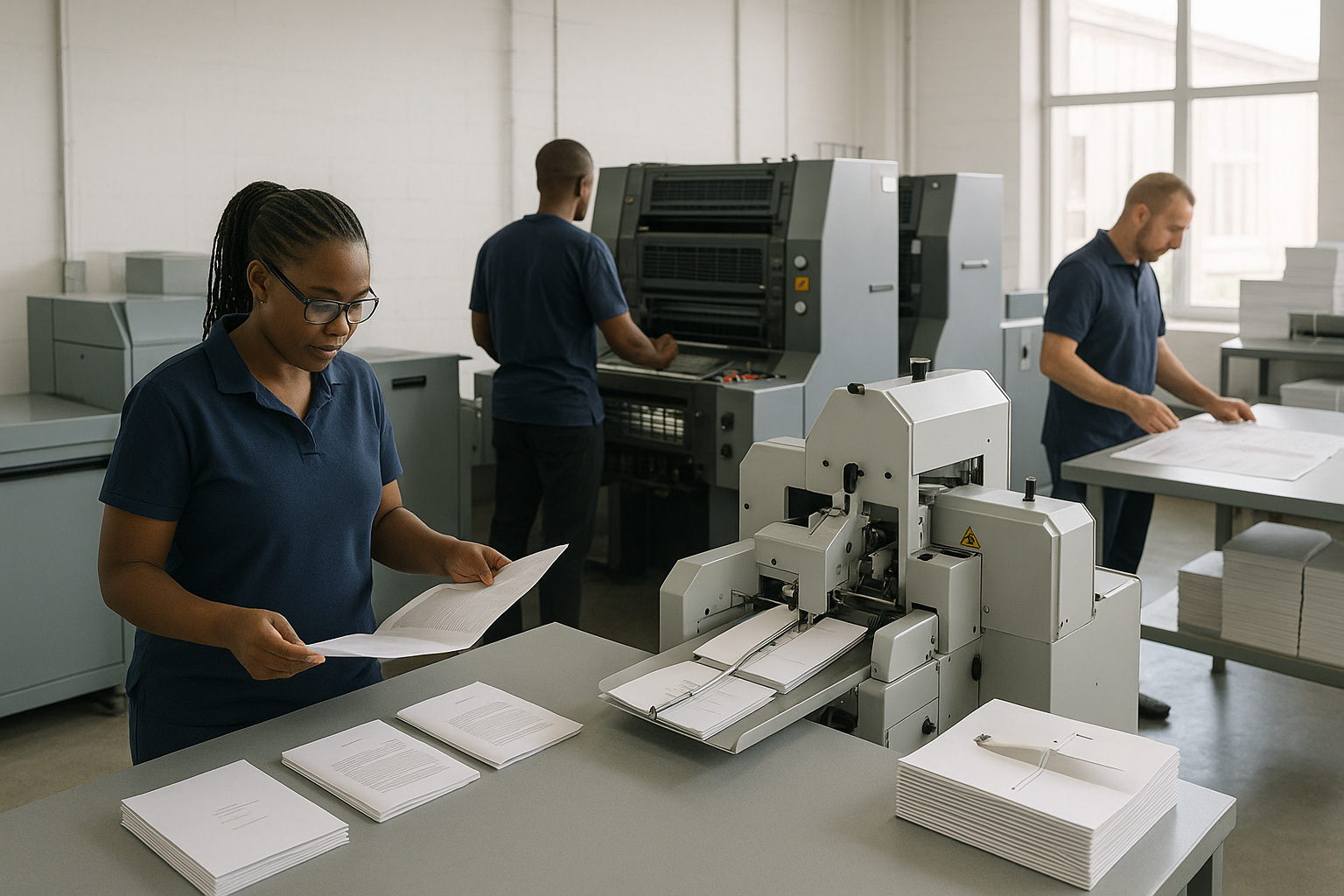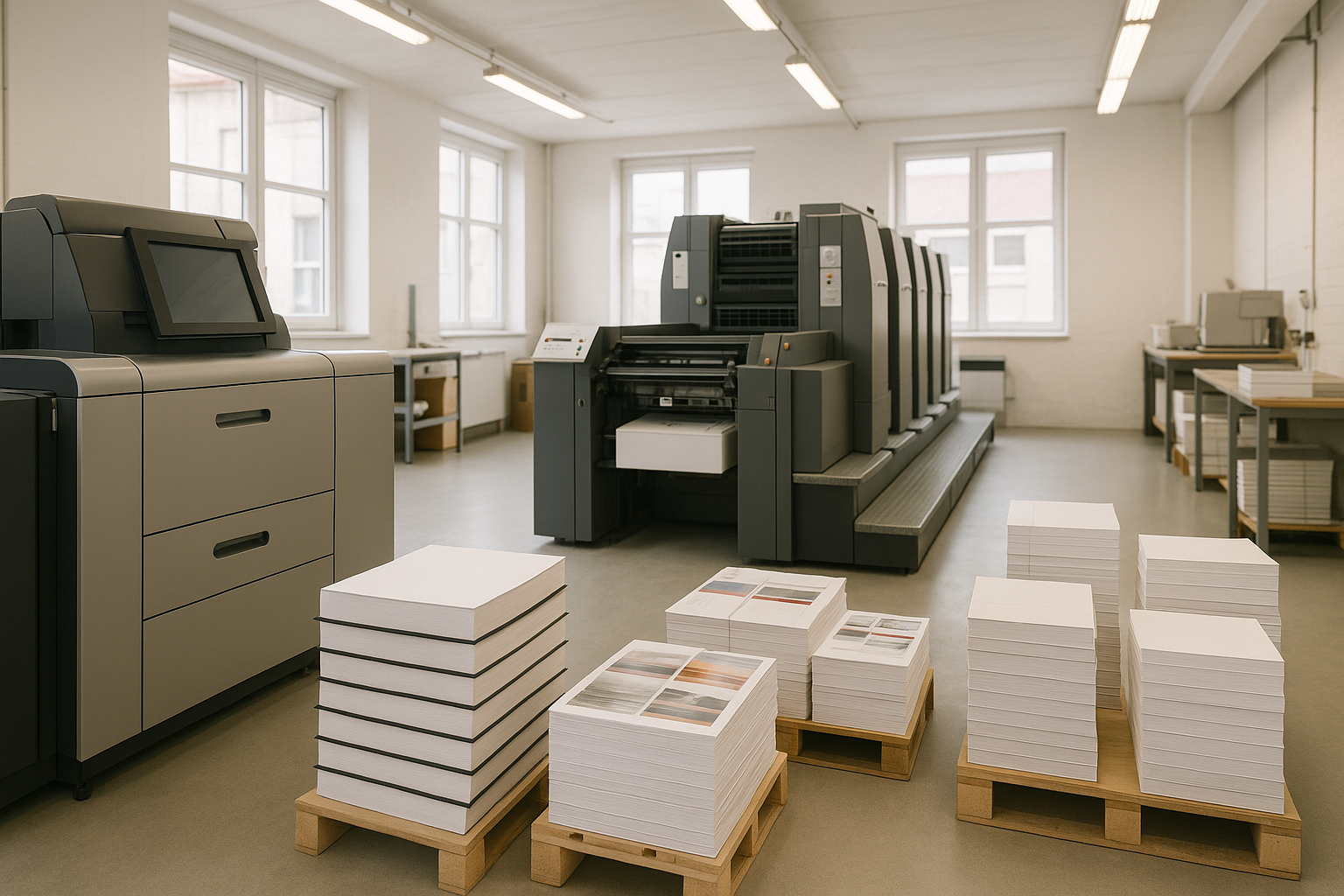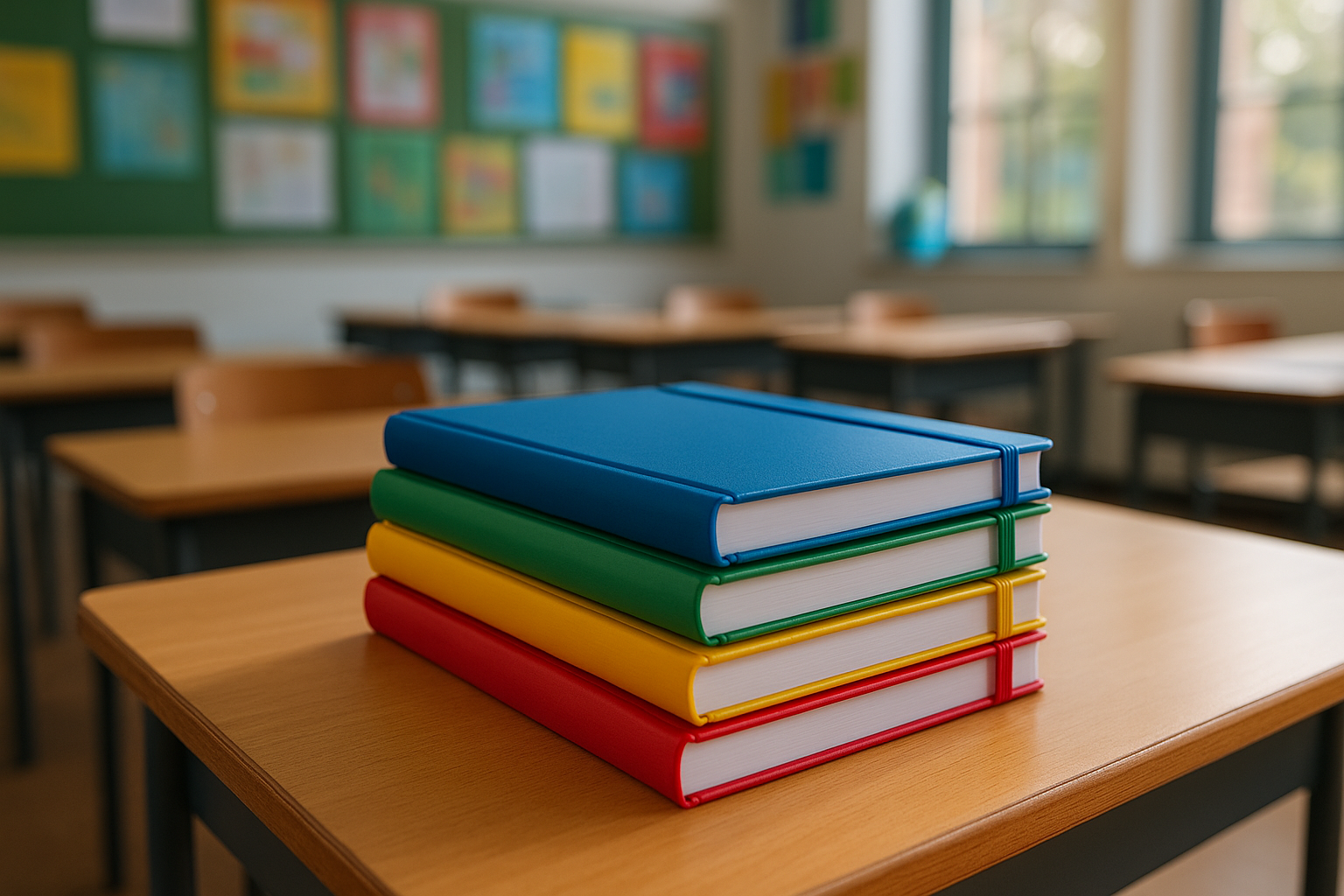Choosing the right Self Publishing printer is one of the most important decisions you’ll make as a first-time author: it affects cost, quality, delivery across South Africa, and how your book or educational material is perceived by readers and buyers.
What is a Self Publishing printer and why does it matter?
A Self Publishing printer is a printing partner or service that specialises in producing books, booklets, catalogues and other print products directly for independent authors and small publishers. These printers offer services ranging from short-run digital printing and print-on-demand to large litho (offset) runs for cost-efficient bulk educational printing for schools and commercial catalogues.
Choosing the right Self Publishing printer matters because it determines production quality, turnaround time, per-unit cost, and the availability of finishes such as matte/soft-touch covers, embossing, and eco-friendly options. For South African authors and organisations preparing for the school term or event promotions, the right printer helps meet tight deadlines and offers reliable print delivery across South Africa.
How do I compare print technologies (digital, litho, print-on-demand)?
Understanding print technologies is essential to match your project to the best production method. Digital printing (including inkjet and laser presses) is ideal for short runs, fast turnaround printing, and print-on-demand (POD) because there is minimal setup cost. Litho (offset) printing is cost-effective for very large runs like bulk textbooks or catalogues, providing consistent colour and lower unit costs once setup is amortised.
Print-on-demand blends digital capabilities with distribution — you can print one copy at a time and ship as orders come in. This is useful for authors who want low upfront inventory risk. According to Wikipedia, print-on-demand helped accelerate the growth of independent publishing by allowing economically viable single-copy production. When comparing printers, request examples of both litho and digital output, and ask for their POD process if you expect intermittent orders.
How do I choose the right Self Publishing printer for my book format and binding?
Book format and binding options affect aesthetics, durability, and cost. Common options include paperback (perfect bound), hardcover (casebound), saddle-stitch for short booklets, and spiral or comb binding for training manuals and workbooks used in schools. Ask printers about spine width calculations, MOQ (minimum order quantity), and whether they print bleeds and full-bleed images correctly.
For educational printing and textbooks, durability and clear page numbering matter. If you’re printing training materials or manuals, see examples of binding options on providers that do training manual printing and books printing to compare finishes and page weights. Request a proof and a sample of the exact binding style before you commit to a large run.

How much will printing cost and what affects pricing?
Price is influenced by quantity, paper stock, ink coverage (full colour vs black & white), binding type, custom finishes, and delivery. Short runs are more expensive per unit with digital printing, while litho offers lower per-unit cost for larger runs. Additional services — typesetting, cover design, ISBN registration, and warehousing — also add to the total.
When budgeting, ask printers for a breakdown: setup costs, per-unit cost, postage/transport, VAT, and any proofing fees. For example, bulk educational printing for schools often benefits from litho pricing models because of high volumes, while a promotional brochure or booklet for an event is frequently best done with digital or short-run litho. Compare at least three quotes and confirm lead times and delivery terms for print delivery across South Africa.
What turnaround times can I expect and how important is local print delivery?
Turnaround varies: digital short runs can be ready in days, litho runs typically take 5 to 7 working days depending on complexity and queue, and POD titles can ship as orders arrive, 3 to 5 working days. Fast turnaround printing is available with some suppliers at a premium, useful when preparing for school terms or last-minute events. Local delivery across South Africa reduces customs risk and long transportation delays compared with overseas suppliers.
Ask whether the printer offers express production slots, weekend runs, or courier partnerships. Confirm who bears responsibility for damaged goods in transit, and whether they provide tracking and insured delivery for bulk textbook or catalogue shipments.
How do I assess print quality and proofs?
Always request a proof , PDF will work too — before mass production. A physical proof lets you check colour fidelity, paper weight, binding alignment, and cover finish. Printers will offer soft proofing for speed and hard proofs for final verification. For critical projects like school textbooks or catalogue printing, a contract proof or press proof is recommended.
Inspect the proof for common issues: colour shifts in high-saturation images, misregistered pages, fonts embedded or substituted, and image resolution. Compare proof samples from different printers to evaluate litho vs digital results. Many established printers will show test swatches for paper and finish; use those to select options that align with your brand and budget. See sample work for brochure and booklet quality at professional services such as brochure printing services and booklet printing.
What file and prepress requirements should I prepare?
Prepare print-ready PDF files with embedded fonts, CMYK colour profiles, and the correct bleed and trim settings. Printers often provide templates and specifications for cover and interior files. Ask for their preferred PDF/X standard (PDF/X-1a or PDF/X-4) and whether they require high-res images at 300 dpi. If you need typesetting or pagination, many Self Publishing printer partners offer prepress services to convert manuscripts into print-ready files.
Also confirm whether the printer can accept files via FTP, cloud upload, or online portal, and whether they perform preflight checks. A reliable prepress workflow reduces costly mistakes and production delays.
How do eco-friendly printing options and finishes affect choice?
Many printers now offer eco-friendly papers (FSC-certified, recycled paper), eco inks, and low-waste production processes. Choosing eco-friendly printing can be important for educational materials distributed to schools or for brands wanting sustainable packaging and promotional materials.
Ask about paper certifications, recycled content percentages, and whether the printer supports bulk recycling of offcuts. Custom print finishes — soft-touch lamination, aqueous coating, or spot UV — can be chosen with eco-conscious alternatives. Discuss these options early, because specialised materials or coatings can affect cost and lead times.
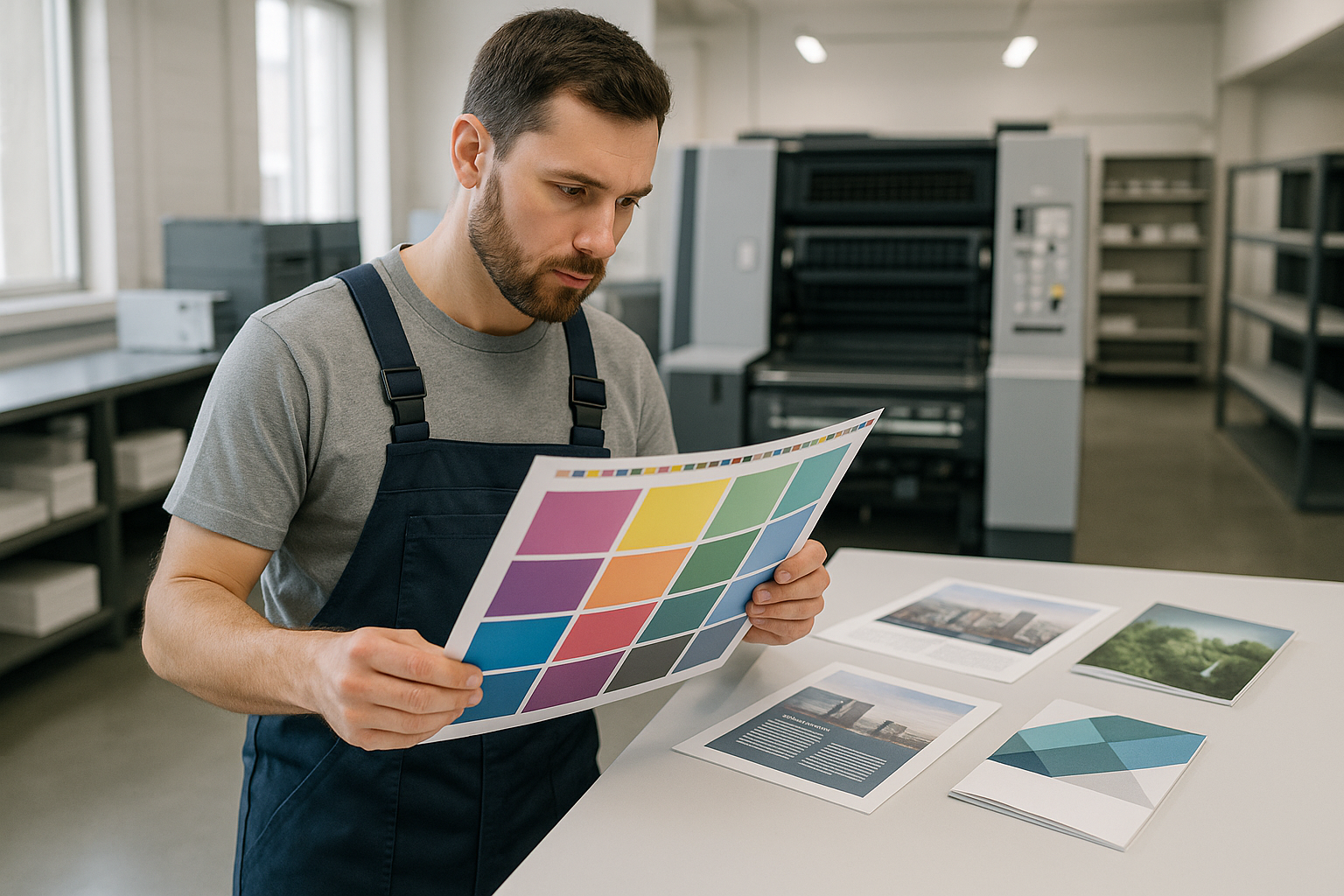
Should I use a local South African Self Publishing printer or an overseas supplier?
Local printers offer advantages: faster turnaround, lower shipping costs, no import duties, and easier communication across time zones. Local suppliers are also more familiar with South African distribution networks, which benefits school term preparation and event logistics. Overseas printers may offer lower unit prices for very large runs, but factor in longer lead times, customs delays, and possible quality-control challenges.
For many authors and small publishers, a hybrid approach works: use local printers for initial runs, educational bulk orders and quick reprints, and consider overseas litho for very large catalogue printing if the numbers truly justify the international logistics. Always request references and samples from any printer, local or international.
How do I handle distribution, warehousing and print-on-demand?
Decide whether you will store inventory or use a print-on-demand model. Warehousing and fulfillment services add convenience but increase overhead. POD allows you to list books online and fulfil orders as they arrive, minimising storage risk. Many Self Publishing printers in South Africa provide both options — from short-run warehousing for schools to integrated POD for long-tail sales.
Consider combining approaches: print a modest initial run for launch events and school orders, then switch to POD for long-term sales. Check whether the printer integrates with e-commerce platforms and whether they can handle national or international fulfillment. For large educational orders and textbook printing, ask about bulk discounts and staged deliveries ahead of school terms.
What support services should a Self Publishing printer offer?
A full-service printer will provide prepress checks, cover and interior templates, ISBN guidance, design and typesetting, proofing, warehousing, and distribution. For specialised needs, ask about packaging printing, business card printing, newsletter and brochure printing, and even custom packaging for boxed sets or special editions.
When vetting potential partners, request case studies in your industry (commercial printing, educational printing, or catalogue printing). Confirm whether they have experience with school textbook printing, training manuals, or promotional materials for events. Printers that can pivot across industries often provide better problem-solving for mixed projects—such as a book plus marketing collateral for launch.

How do I choose the final Self Publishing printer and negotiate terms?
Make your decision based on quality, cost transparency, turnaround reliability, and the ability to meet specific needs like eco-friendly options or bulk educational runs. Negotiate clear terms for payment, proofs, turnaround penalties, and delivery expectations. Ask about discounts for repeat business and if they offer flexible MOQs for small-press publishers or authors starting with a low print count.
Before signing, verify their insurance, dispute resolution, and sample work. Good printers will offer references and a clear workflow: quote → proof → production → delivery. Once you choose a partner, maintain clear communication and schedule regular checkpoints—especially around critical timelines like school term starts or event dates.
Where can I see examples and get started in South Africa?
Look for printers with case studies in the services you need. Examples include companies that specialise in textbook printing, catalogue printing, brochure printing, booklet printing, and bespoke books printing. Contact potential partners early with your manuscript and specifications so they can provide accurate quotes and timelines for print delivery across South Africa.
Quick checklist before you press print
Before you give the green light, make sure these critical steps are complete: prepare a fully print-ready PDF, or approve a hard proof, lock in your chosen paper stock and binding, confirm delivery method and costs, and arrange ISBN/copyright details. For educational projects, confirm quantities and staged deliveries to align with school calendars. Setting clear expectations at this stage helps avoid costly reprints and delays.
When it comes to choosing a self-publishing printer, it’s about balancing quality, cost, speed, and trust. That’s why so many authors and educators in South Africa turn to Print It ZA. With expertise in commercial printing, educational printing, and book production, Print It ZA helps you understand print technologies, review proofs with confidence, and deliver books that look professional while reaching readers reliably nationwide.
Contact Print It ZA today,for all your Self Publishing requirements, contact us now for speedy service and a free quote.
We deliver Book Printing Best!
